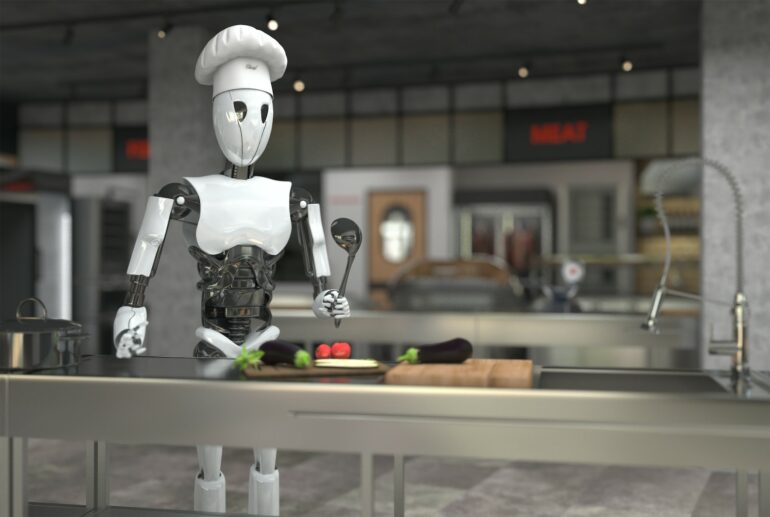Artificial intelligence is poised to upend much of society, removing human limitations inherent in many systems. One such limitation is information and logistical bottlenecks in decision-making.
Traditionally, people have been forced to reduce complex choices to a small handful of options that don’t do justice to their true desires. Artificial intelligence has the potential to remove that limitation. And it has the potential to drastically change how democracy functions.
AI researcher Tantum Collins and I, a public-interest technology scholar, call this AI overcoming “lossy bottlenecks.” Lossy is a term from information theory that refers to imperfect communications channels – that is, channels that lose information.
Multiple-choice practicality
Imagine your next sit-down dinner and being able to have a long conversation with a chef about your meal. You could end up with a bespoke dinner based on your desires, the chef’s abilities and the available ingredients. This is possible if you are cooking at home or hosted by accommodating friends.
But it is infeasible at your average restaurant: The limitations of the kitchen, the way supplies have to be ordered and the realities of restaurant cooking make this kind of rich interaction between diner and chef impossible. You get a menu of a few dozen standardized options, with the possibility of some modifications around the edges.
That’s a lossy bottleneck. Your wants and desires are rich and multifaceted. The array of culinary outcomes are equally rich and multifaceted. But there’s no scalable way to connect the two. People are forced to use multiple-choice systems like menus to simplify decision-making, and they lose so much information in the process.
People are so used to these bottlenecks that we don’t even notice them. And when we do, we tend to assume they are the inevitable cost of scale and efficiency. And they are. Or, at least, they were.
The possibilities
Artificial intelligence has the potential to overcome this limitation. By storing rich representations of people’s preferences and histories on the demand side, along with equally rich representations of capabilities, costs and creative possibilities on the supply side, AI systems enable complex customization at scale and low cost. Imagine walking into a restaurant and knowing that the kitchen has already started work on a meal optimized for your tastes, or being presented with a personalized list of choices.
There have been some early attempts at this. People have used ChatGPT to design meals based on dietary restrictions and what they have in the fridge. It’s still early days for these technologies, but once they get working, the possibilities are nearly endless. Lossy bottlenecks are everywhere.
